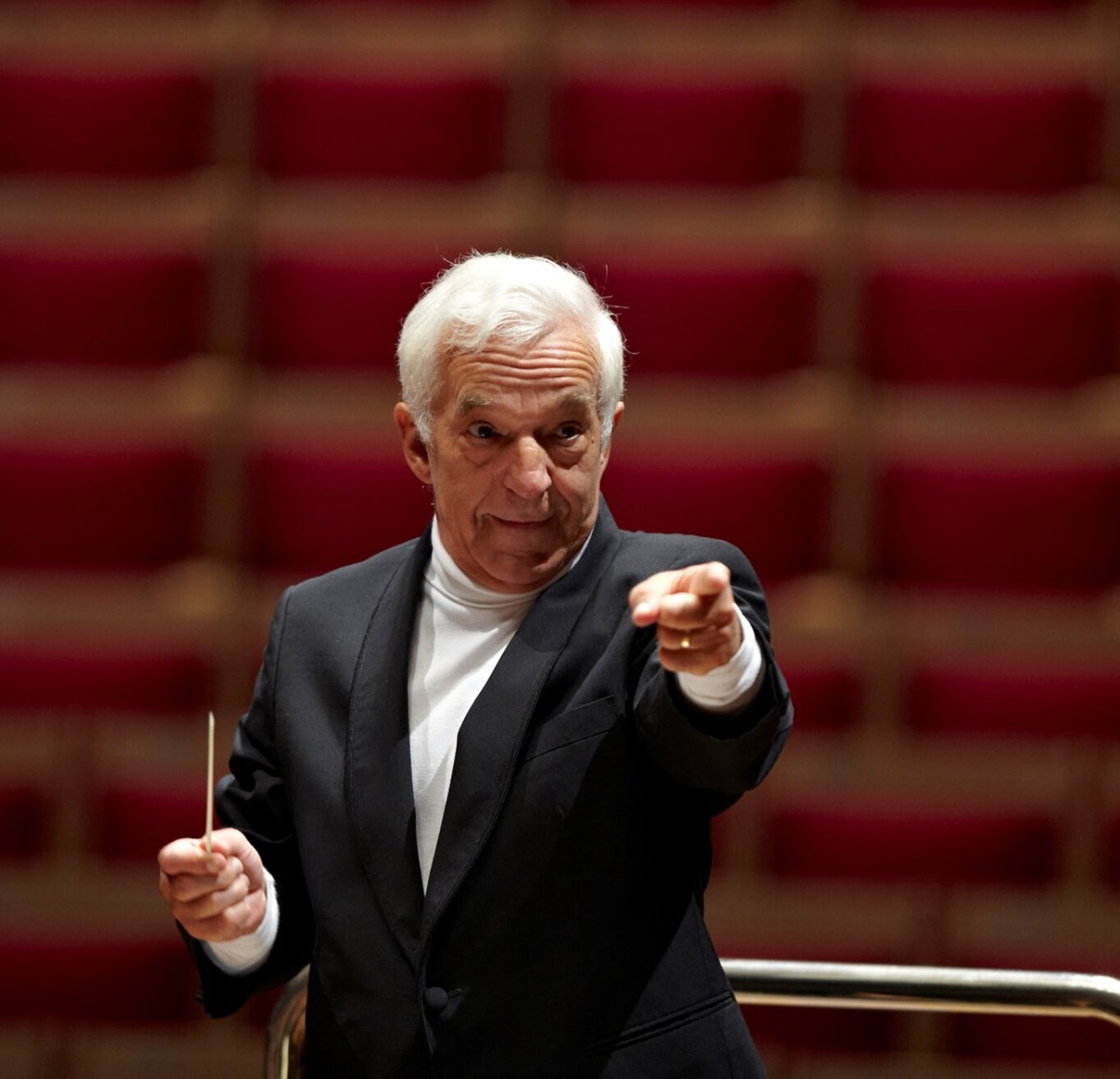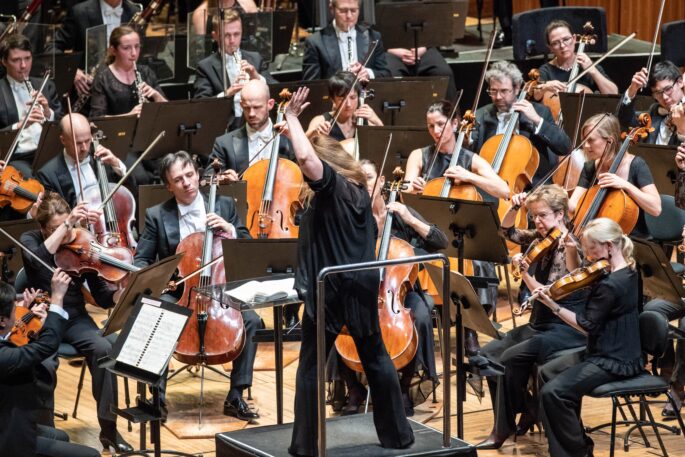
Deep Dive: Mahler's Sixth Symphony
15 May, 2020
Mahler’s Sixth Symphony is an overpowering emotional experience, but when it’s programmed, orchestras must start by asking the conductor two fairly prosaic questions.
Firstly: what’s the order of the movements?
Mahler’s autograph score is first movement, Scherzo, Andante, Finale. At the première, though (literally at the première: he made the decision after the dress rehearsal), he switched the middle movements, so Andante then Scherzo. The score was already in print, so Mahler asked the publisher to insert an errata slip, and he always played Andante/Scherzo thereafter.
Then in 1919, the conductor Willem Mengelberg sought clarification on the order from Mahler’s widow Alma. It’s not clear why he asked: he had known Mahler, and indeed had conducted the symphony a few years earlier as Andante/Scherzo. Alma sent a telegram: ‘first Scherzo then Andante’, and this lit the touch-paper.
Scherzo/Andante can be supported by musical logic. For instance, David Matthews, the composer and Mahler scholar, argues the impact of the Finale is lessened if we have just heard the Scherzo, as they’re both in the same key. I’ve oversimplified his argument, but the point is that the argument can be made. The difficulty is that to posit Scherzo/Andante as Mahler’s final decision must rely on speculation about what Mahler might have done, rather than the available biographical and documentary evidence of what he did.
And as if that’s not enough, we also need to ask the conductor: how many hammer blows? In the Finale, Mahler writes for an instrument called ‘hammer’. This raises firstly the question of precisely what this means, the hammer not being an instrument taught at Juilliard. Mahler wanted a powerful, non-metallic thud, and most orchestras obtain a Thor-dimensioned monstrosity with which the percussionists assail a large box. In the autograph they do so five times, but Mahler cut two hammer-blows before the première. And while revising the symphony before its second performance, he cut the last of the remaining three. Some conductors prefer to reinstate the third blow, which raises the question of why Mahler cut it in the first place. Here we go back to Alma.
They had been married two years, with two small daughters, when Mahler led his wife up the path to his composing hut near their lakeside summer villa, and played her his just-completed symphony. They both wept. In her memoirs, Alma famously said that in the Finale, Mahler had described the downfall of his hero, ‘on whom fall three blows of fate, the last of which fells him as a tree is felled.’ She adds darkly: ‘Those were his words.’ And in 1907 three terrible things happened: Mahler resigned under pressure as head of the Vienna Court Opera, their eldest daughter suddenly died, and he was diagnosed with the heart condition that ultimately killed him. The romantic story is that Mahler excised the third hammer blow out of superstition, to ward off the third ‘blow of fate’. But the chronology doesn’t match; he made the cut in 1906. It was a musical decision.

Not that the symphony doesn’t earn its ‘Tragic’ nickname. It starts with a march, not unusual for Mahler, but this one is different: it’s urgent, hard, not a jovial military band but the tramp of an army on the move. A couple of minutes in, though, the music peters out on a gurgle in the contrabassoon. Out of nowhere, the timpani play a stentorian rhythm: bam! bam! ba-bam bam bam! Over this, the trumpets play a bright, shining A major chord – which immediately darkens to A minor. This doom-laden motif reappears throughout the piece. Shorn of the hopeful major chord, it closes the piece, in desolation.
It’s the bleakest conclusion to any of Mahler’s works, but it’s wrong to dismiss the symphony as an exercise in unremitting gloom. A blissful passage with offstage cowbells paints the alpine landscapes Mahler so loved; the Andante (wherever it ends up) is beautiful; and shortly after our doom-laden motif, there comes a great melody, marked ‘Schwungvoll’, which we might translate as ‘full of life’. Alma writes: ‘he came down from the wood to tell me he had tried to express me in a theme’. Mahler enthusiasts can get quite heated arguing about Andante/Scherzo or the third hammer blow. But all agree that this remarkable woman inspired this ‘great soaring theme’. If the symphony is tragic, its outcome nevertheless isn’t pre-ordained. Hope remains until the last. It’s an overpowering emotional experience because, like that major-to-minor shift, it shines so brightly before falling into darkness.
Copyright © Alastair McKean 2019. All rights reserved. This article was originally published in the Auckland Philharmonia magazine Phil News.